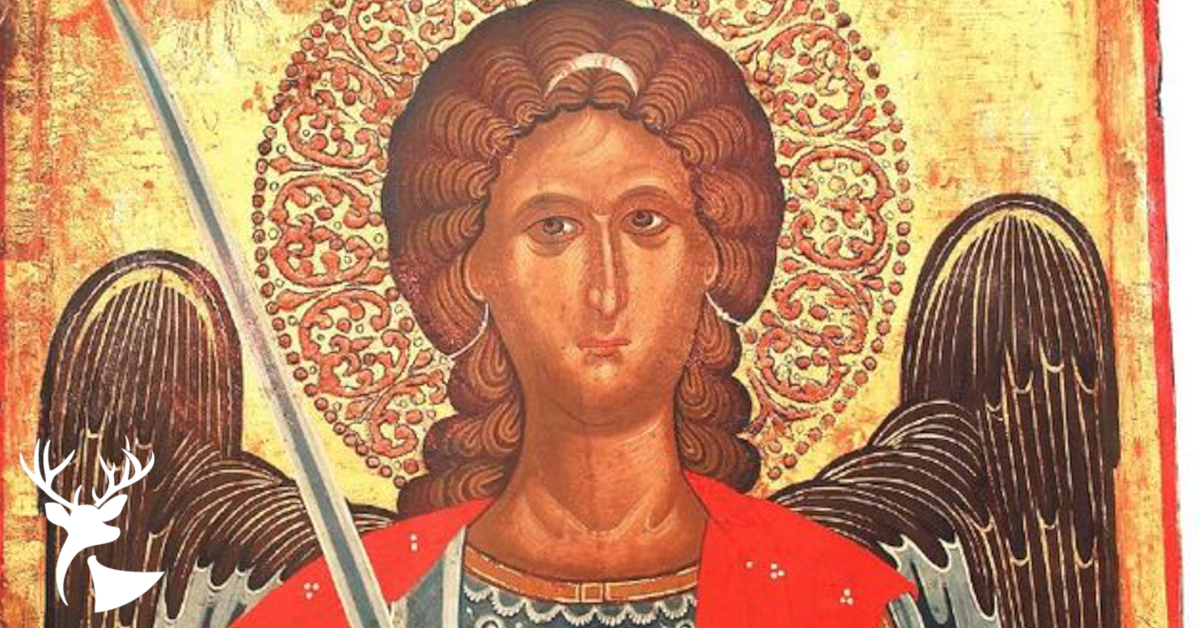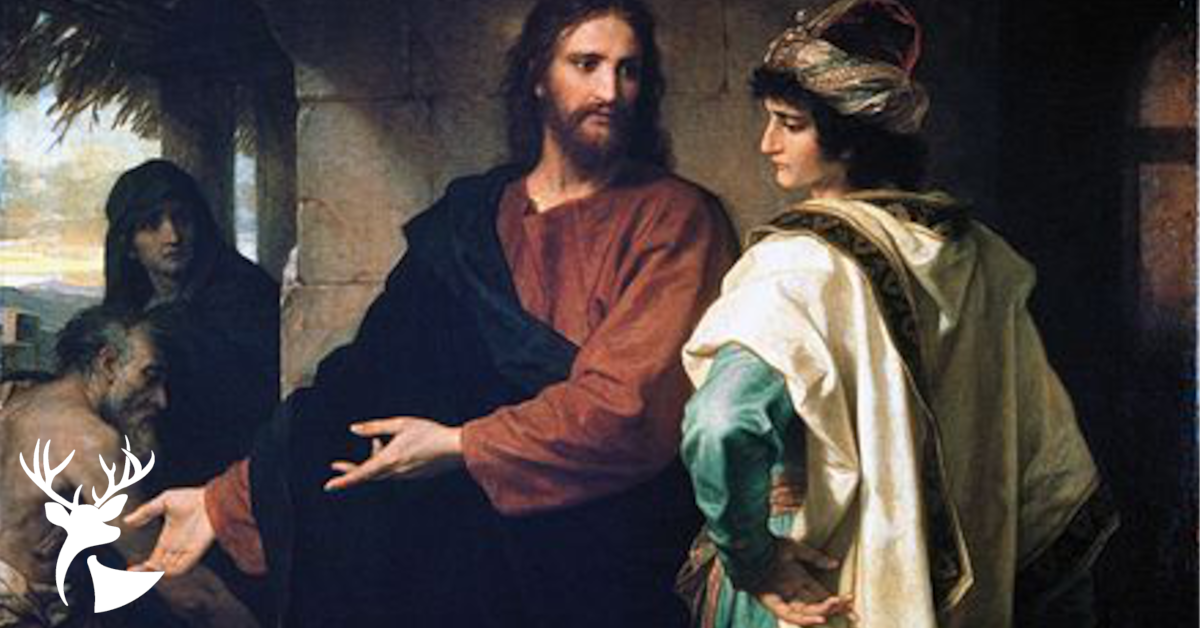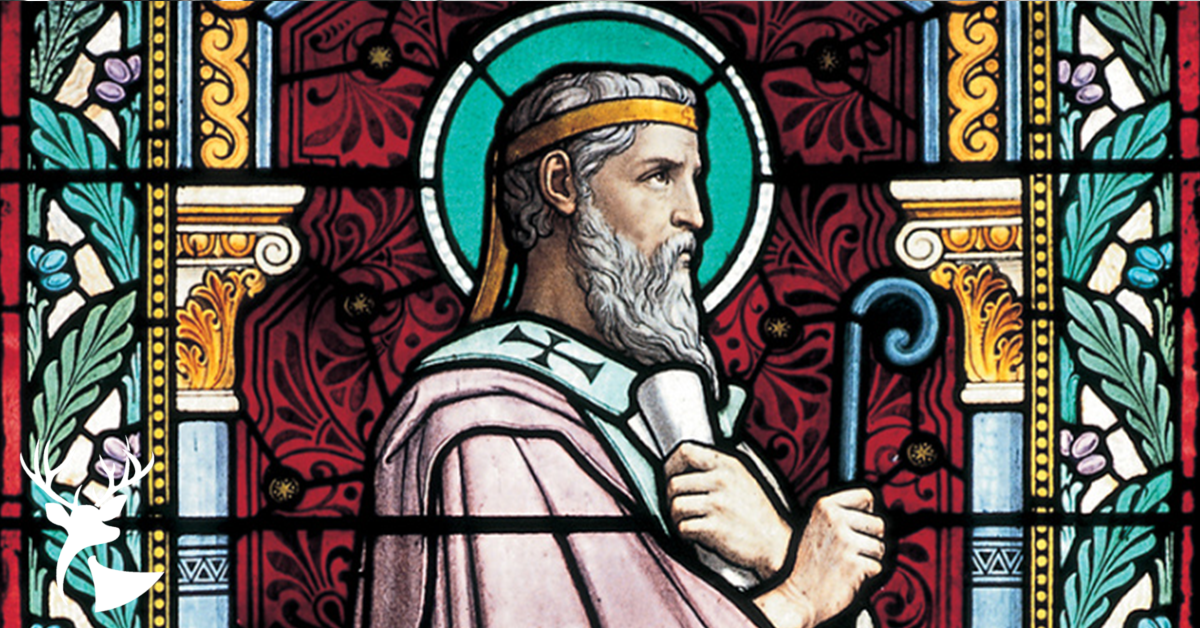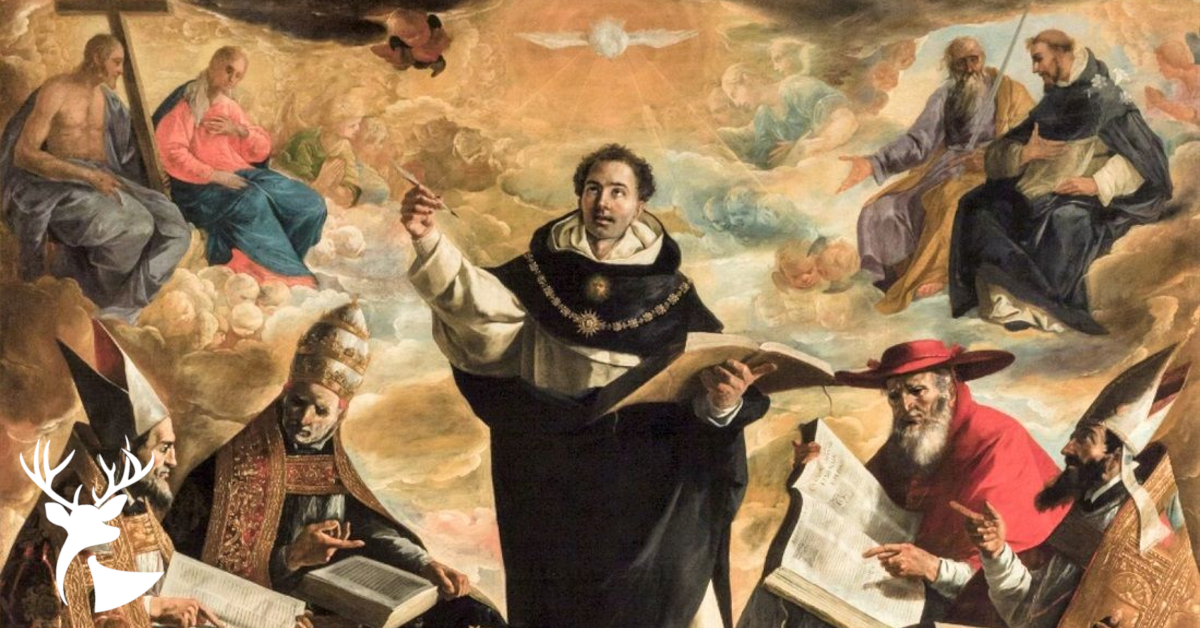
The Bond of Mother & Child
By Theresa Alloy | April 8, 2022
“For Thou didst form my inward parts, thou didst knit me together in my mother’s womb.”
—Psalm 139:13 (RSV-CE)
← Return to Musings
The Bond of Mother & Child
By Theresa Alloy | April 8, 2022
“For Thou didst form my inward parts, thou didst knit me together in my mother’s womb.”
—Psalm 139:13 (RSV-CE)
The expectant mother is intimately connected with her developing child, and that connection unites the entire family in the waiting. Throughout pregnancy, the family recognizes the communication between mother and child, mother to father. This mother/child communication can be observed at the cellular level. That there is a flow of communication from mother to child through the placenta has been known for decades. Less well-known is the two-way flow of fetal cells to the mother, and maternal cells to the fetus. In fact, there are more fetal cells being sent to the mother than vice versa. Fetal cells enter the mother’s circulation and persist in various organs for the lifetime of the mother.
Microchimerism (Mc) refers to the existence of lesser amounts of DNA in an individual that originated from a different person. We may be aware of the rare condition of chimerism where substantial amounts of DNA transfer leads to conditions such as a person with two different colored eyes. Microchimerism is a common occurrence when a fetus absorbs cells from the mother, and the mother absorbs cells from the child. Following this exchange, the exchanged cells can migrate to different body areas. In the mother, fetal cells can mature into specific cells with specific functions. A 2012 study (Mc in Maternal Brain) found that 65% of mothers contained her male child’s DNA nestled in her brain.
Studies indicate that fetal DNA able to cross the blood/brain barrier may provide protection from neurological diseases such as Alzheimer’s Disease or brain cancer. Other studies suggest that fetal cells in the mother have decreased the occurrence of breast and thyroid cancer and have assisted in the repair of liver damage or heart disease. Maternal DNA has been observed in the immune system cells of the child (Benefits of Shared Mc). These studies suggest that cells exchanged between mother and child have mutually beneficial effects.
St. Thomas Aquinas tells us that we can begin to know God through His natural world. The mutually beneficial exchange of DNA between mother and child is a lesson that is counterintuitive to the general immune condition, where the presence of foreign material is recognized as “non-self” and initiates a rapid “search and destroy” response.
Our God has planned for us before our days were numbered with an intricate level of detail. He who knit us together in our mother’s womb knows that He is before us, and behind us, and has His hand upon us. Surely, we have been placed like a seal upon His heart. We can say with the Psalmist, “I was cast upon thee from the womb. From my mother’s womb thou art my God” (Psalm 21:11, DRB [Psalm 22:10 in most modern translations])
More Reading

Dr. Theresa Alloy is a teacher at the high school and college levels in a variety of science subjects: Anatomy and Physiology, Biochemistry, General Chemistry, and Biology. She has written science laboratory texts for Catholic homeschool students in Biology, Chemistry, and Physics, which can be found at Catholic Texts.











